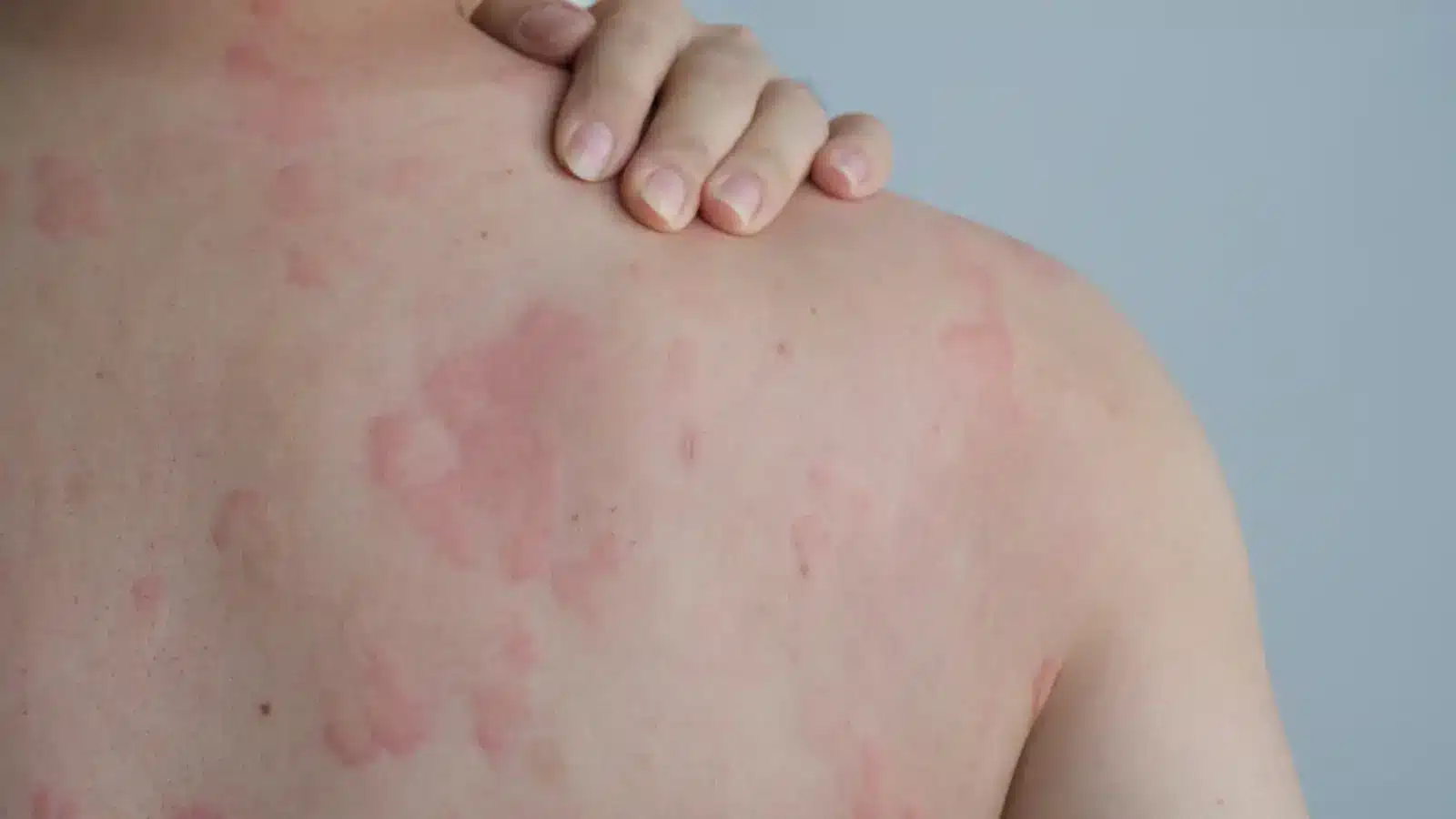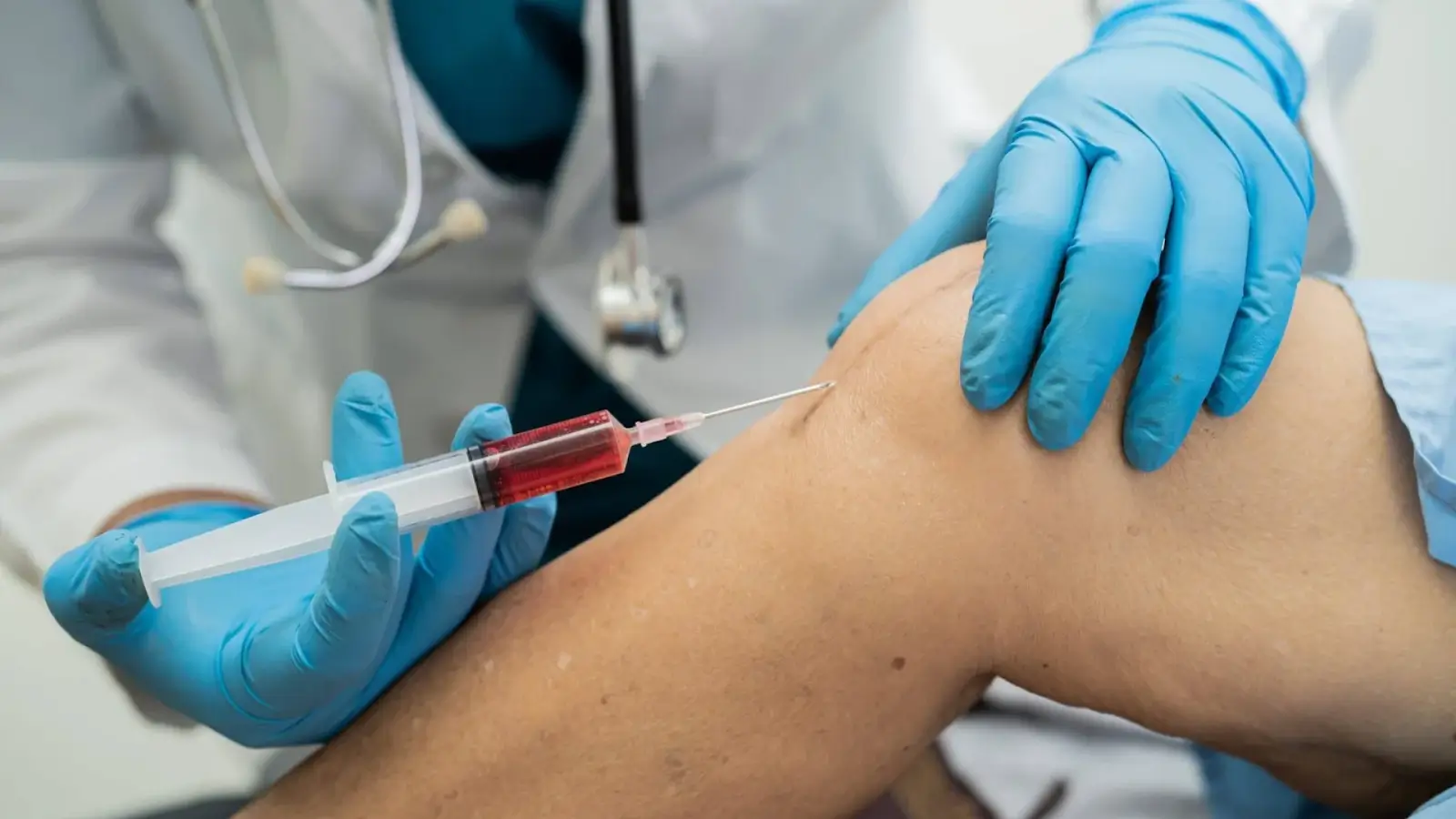
Knee injections are a common treatment for osteoarthritis, offering relief to millions of patients worldwide. However, they are not without risks. Research shows that while mild side effects like swelling or pain at the injection site occur in up to 10% of cases, severe complications, such as infections, are rare, affecting less than 1% of patients. Understanding these risks is essential for making an informed decision.
Among these treatments, Durolane stands out as a leading hyaluronic acid-based injection. It provides effective pain relief by cushioning the joint and restoring mobility. While generally safe, like any medical procedure, it can have potential side effects that patients should be aware of before starting treatment.
In this article, we’ll provide a comprehensive overview of Durolane side effects, their likelihood, and practical tips for minimizing risks to help you approach treatment with confidence.
Key Takeaways
- Durolane injections are a hyaluronic acid-based treatment approved for managing knee osteoarthritis.
- This treatment can provide long-lasting pain relief and improved mobility for up to six months when administered correctly.
- Common side effects include mild swelling, redness, or stiffness at the injection site, which typically resolve within a few days.
- Rare but possible side effects include allergic reactions, infections, or joint stiffness requiring prompt medical attention.
- Proper injection techniques, patient screening, and aftercare are critical for minimizing risks and ensuring effective outcomes.
About: Doctor Medica is your trusted supplier of top-quality dermal fillers, viscosupplements, and more for your medical practice. We offer genuine products from leading brands at the lowest prices. Contact Doctor Medica today to order Durolane online for your practice.
Common Side Effects of Durolane Injections

It’s normal for some patients to experience mild, temporary side effects after receiving a Durolane injection as their bodies adjust to the treatment. These reactions are generally manageable and should not interfere with the injection’s pain-relieving benefits.
- Swelling, Redness, or Tenderness: These symptoms may occur around the injection site shortly after the procedure. They are a normal part of the body’s response to the treatment and typically resolve within a few days to a week.
- Mild Stiffness or Bruising: Some patients may notice slight stiffness or minor bruising near the injection site, which usually subsides with rest.
To manage the common side effects of Durolane injections, applying an ice pack to the injection site can help reduce swelling and tenderness. Be sure to wrap the ice in a cloth to avoid skin irritation. Resting the joint for 24–48 hours is also essential; during this time, avoid strenuous activities while incorporating gentle movements to prevent stiffness.
If needed, over-the-counter pain relievers like acetaminophen can ease discomfort. However, please consult your doctor before using NSAIDs, as they may affect the treatment’s effectiveness. With these steps, most side effects resolve within a few days, allowing patients to benefit fully from Durolane injections.
Rare but Possible Side Effects of Durolane

While Durolane injections are generally safe and effective, rare side effects can occur. Understanding these helps patients address any concerns quickly and confidently.
- Allergic Reactions and Anaphylaxis: In rare cases, individuals may experience allergic reactions to Durolane. Symptoms can include skin rashes, itchiness, or hives, along with swelling of the face, lips, or tongue. Some patients might also notice tingling or numbness in their extremities. Severe reactions, such as anaphylaxis, are extremely rare but require immediate medical attention.
- Infection at the Injection Site: Though uncommon, infections can develop if bacteria enter the injection site during or after the procedure. Signs include redness, swelling, warmth, and pain. Prompt treatment can prevent complications.
- Joint Stiffness and Pain: Some patients report temporary joint stiffness, pain, or swelling after receiving a Durolane injection. These symptoms are usually mild and subside as the body adjusts to the treatment. Resting the joint and following post-procedure care instructions can help alleviate discomfort.
Minimizing Side Effects of Durolane Injections

Before administering the Durolane injection, healthcare providers must follow strict aseptic protocols to reduce the risk of infection. Precise injection techniques, such as accurate placement into the joint space, help minimize pain and swelling during and after the procedure. Using appropriate needle sizes and avoiding overfilling the joint can also help improve patient comfort and outcomes.
Patient screening is equally critical. Doctors evaluate patients’ medical history, allergies, and any pre-existing conditions, such as infections or skin issues near the injection site, that could increase the likelihood of complications. Tailoring the treatment to the individual ensures a safer experience.
Effective post-injection care and monitoring are key to reducing side effects after the procedure. Patients are advised to avoid strenuous activities for 24–48 hours and follow their doctor’s recommendations for rest and gentle movement.
Physicians monitor for symptoms like swelling, redness, or unusual pain and educate patients on recognizing severe but rare side effects, such as signs of infection or allergic reactions. Early detection and intervention ensure optimal outcomes.
Conclusion
Durolane injections effectively relieve joint pain but, like any treatment, come with potential side effects, from mild swelling to rare allergic reactions. Understanding these risks helps patients and providers take steps to ensure safe and successful outcomes.
With proper techniques, thorough screening, and effective aftercare, Durolane injections offer a reliable solution for managing joint pain, minimizing risks, and improving patients’ quality of life.
FAQs
1. What are Durolane injections used for?
Durolane injections are used to manage knee osteoarthritis. They restore joint lubrication and cushioning, reducing pain and improving mobility.
2. How long does the relief from Durolane last?
Relief can last up to six months, depending on the severity of osteoarthritis and the individual’s response to treatment.
3. Can anyone receive Durolane injections?
Not everyone is eligible. Patients with infections near the injection site, severe allergies to hyaluronic acid, or specific medical conditions should consult their doctor for alternative treatments.
4. How are Durolane injections different from other viscosupplements?
Durolane offers a single-injection regimen compared to other treatments that may require multiple doses. Its high molecular weight hyaluronic acid formulation provides extended pain relief.
References
Pietrangelo A. What to know about knee injections for osteoarthritis. Healthline. https://www.healthline.com/health/osteoarthritis/knee-injections-for-osteoarthritis
Arthritis Foundation. (n.d.). Arthritis Foundation. Retrieved November 19, 2024, from https://www.arthritis.org/
Related Articles
Joanna Carr
Does Ozempic Give You Energy?
Does Ozempic give you energy? Find out how semaglutide affects fatigue, metabolism, and overall vitality. Learn why some users feel energized while ot...
Joanna Carr
Nabota vs Xeomin – Comparing Toxin Products
Nabota and Xeomin are both popular botulinum toxin type A products used for reducing wrinkles and fine lines.
Joanna Carr
Cimzia vs Humira – A Comparison of Two TNF Inhibitors for Autoimmune Conditions
Compare Cimzia and Humira, two popular TNF inhibitors, to understand their effectiveness, side effects, and suitability for treating autoimmune condit...


